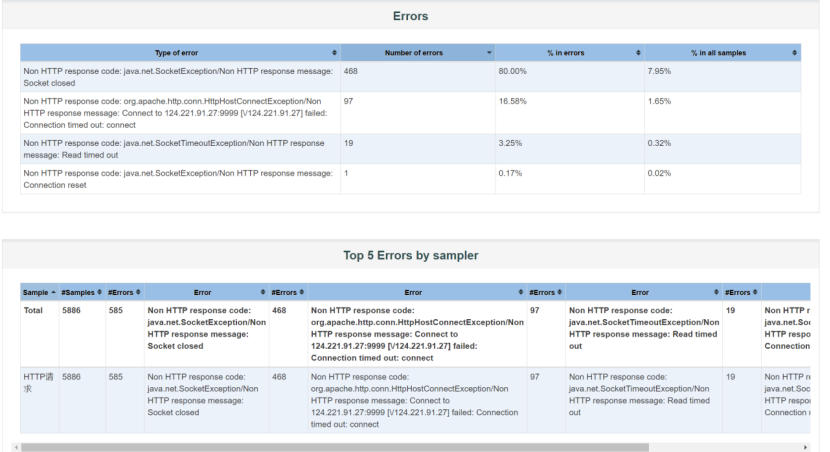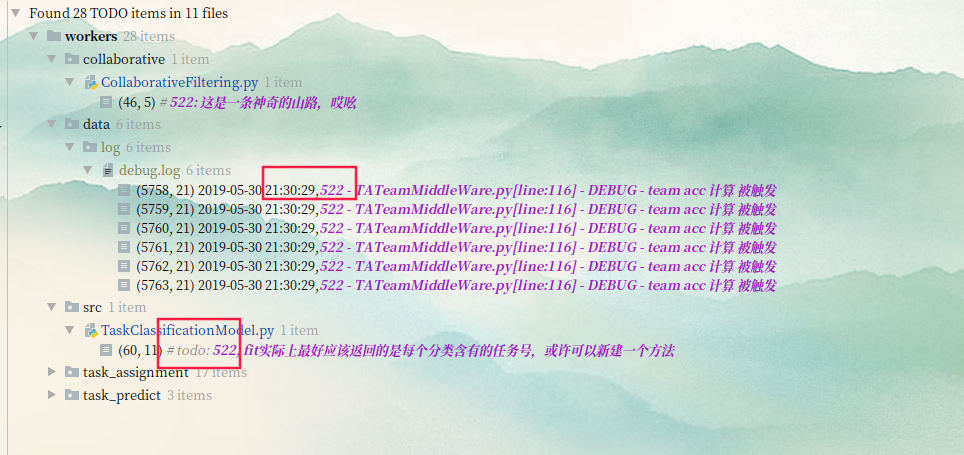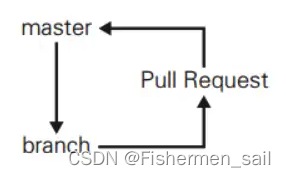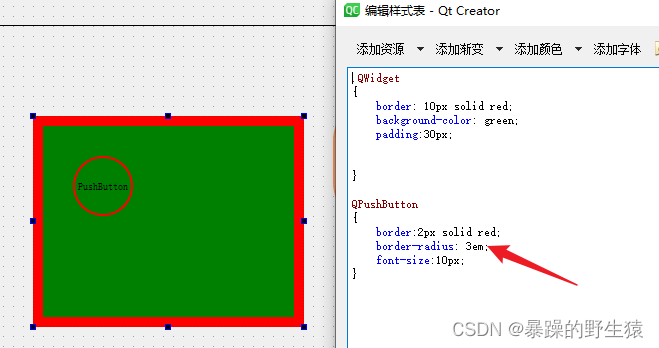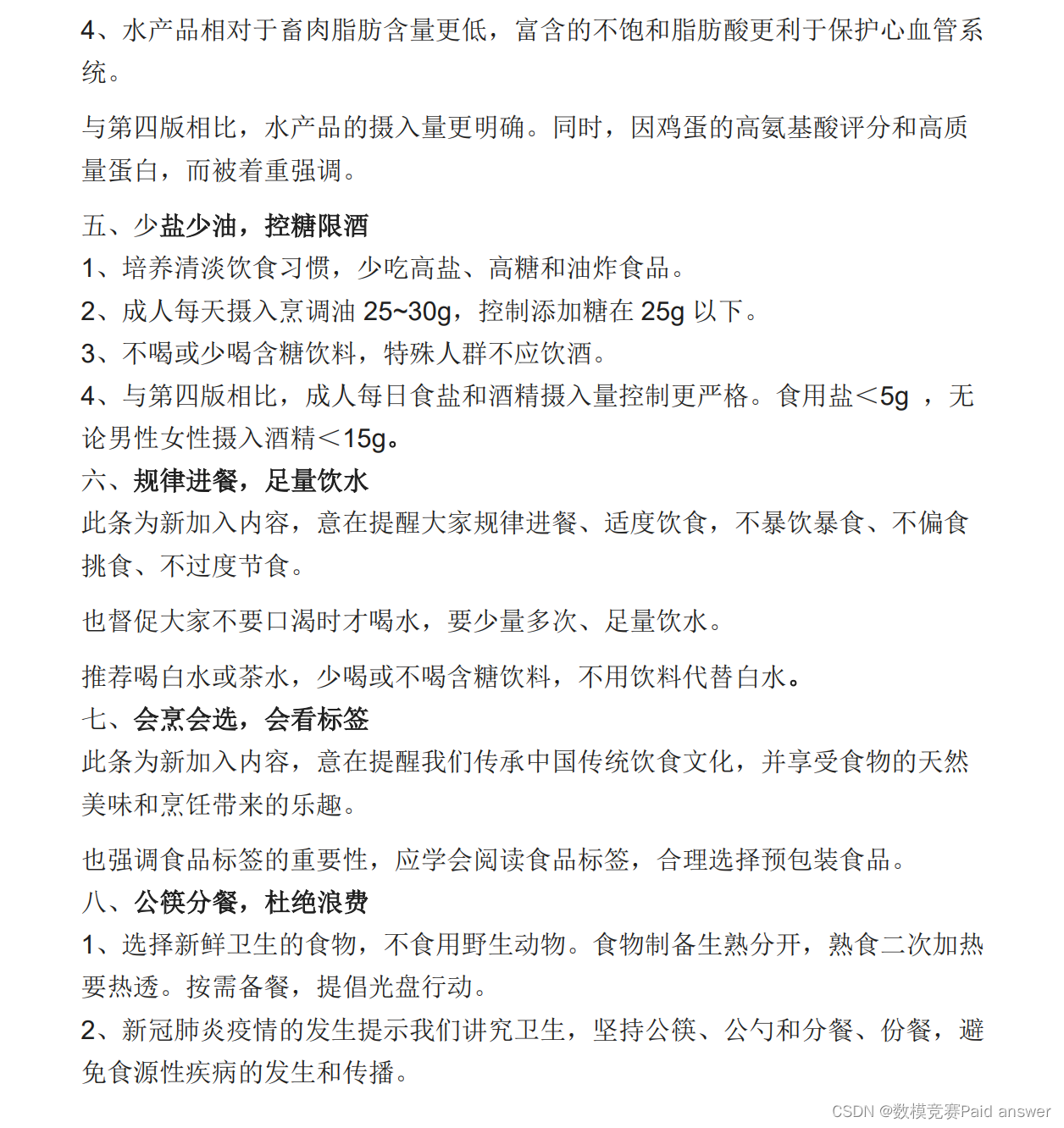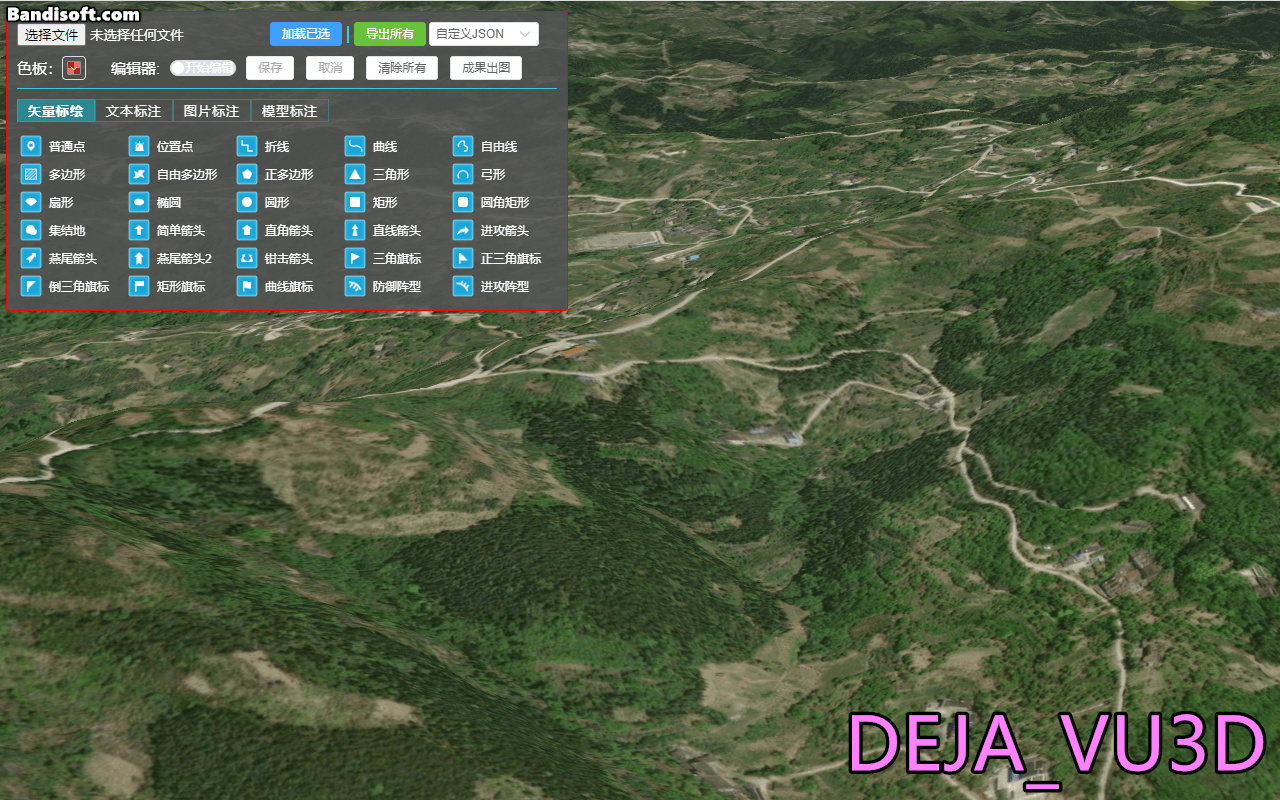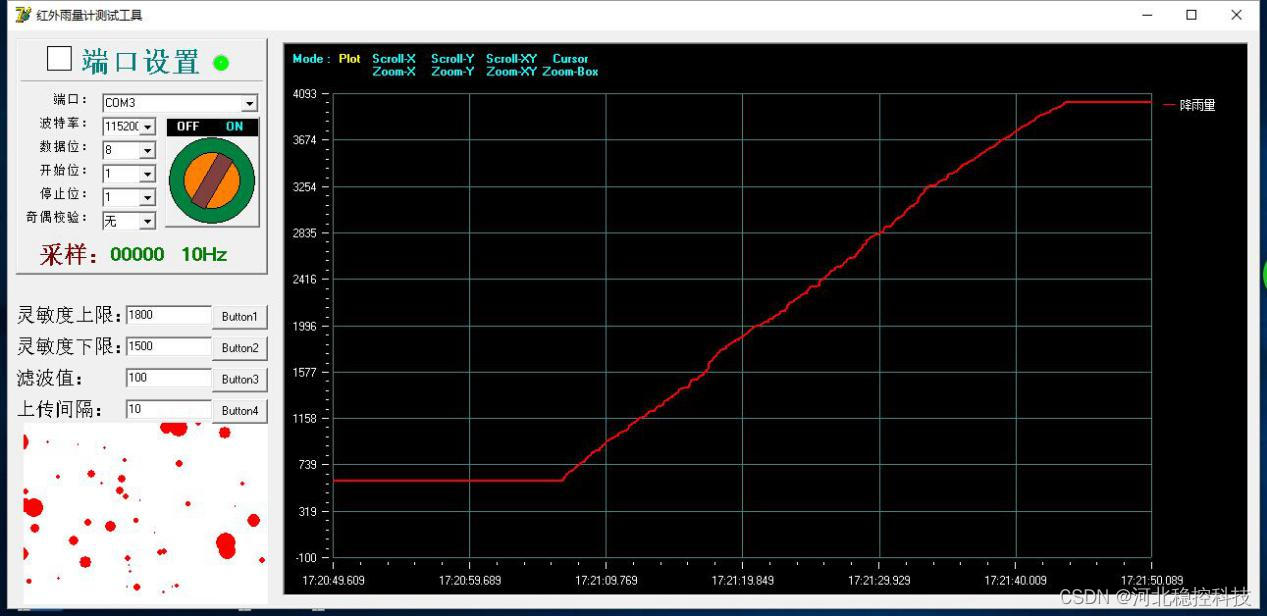系列文章
【如何训练一个中译英翻译器】LSTM机器翻译seq2seq字符编码(一)
【如何训练一个中译英翻译器】LSTM机器翻译模型训练与保存(二)
【如何训练一个中译英翻译器】LSTM机器翻译模型部署(三)
【如何训练一个中译英翻译器】LSTM机器翻译模型部署之onnx(python)(四)
完成了onnx模型的转换之后,我们要做的就是将模型转换为ncnn模型
3、onnx模型转换为ncnn
onnx2ncnn onnxModel/encoder_model-sim.onnx ncnnModel/encoder_model.param ncnnModel/encoder_model.bin
onnx2ncnn onnxModel/decoder_model-sim.onnx ncnnModel/decoder_model.param ncnnModel/decoder_model.bin
转换成功可以看到:
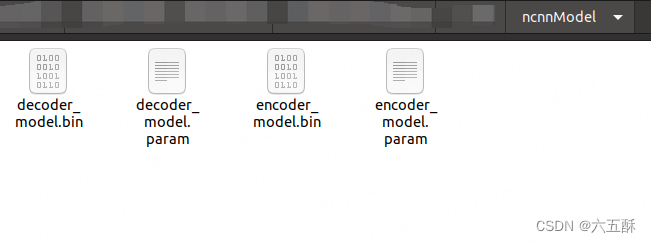
ncnnoptimize ncnnModel/encoder_model.param ncnnModel/encoder_model.bin ncnnModel/encoder_model.param ncnnModel/encoder_model.bin 1
ncnnoptimize ncnnModel/decoder_model.param ncnnModel/decoder_model.bin ncnnModel/decoder_model.param ncnnModel/decoder_model.bin 1
4、ncnn模型加载与推理(python版)
有点问题,先把调试代码贴在下面吧
import numpy as np
import ncnn
# 加载字符
# 从 input_words.txt 文件中读取字符串
with open('config/input_words.txt', 'r') as f:
input_words = f.readlines()
input_characters = [line.rstrip('\n') for line in input_words]
# 从 target_words.txt 文件中读取字符串
with open('config/target_words.txt', 'r', newline='') as f:
target_words = [line.strip() for line in f.readlines()]
target_characters = [char.replace('\\t', '\t').replace('\\n', '\n') for char in target_words]
#字符处理,以方便进行编码
input_token_index = dict([(char, i) for i, char in enumerate(input_characters)])
target_token_index = dict([(char, i) for i, char in enumerate(target_characters)])
# something readable.
reverse_input_char_index = dict(
(i, char) for char, i in input_token_index.items())
reverse_target_char_index = dict(
(i, char) for char, i in target_token_index.items())
num_encoder_tokens = len(input_characters) # 英文字符数量
num_decoder_tokens = len(target_characters) # 中文文字数量
import json
with open('config/config.json', 'r') as file:
loaded_data = json.load(file)
# 从加载的数据中获取max_encoder_seq_length和max_decoder_seq_length的值
max_encoder_seq_length = loaded_data["max_encoder_seq_length"]
max_decoder_seq_length = loaded_data["max_decoder_seq_length"]
encoder_model = ncnn.Net()
encoder_model.load_param("ncnnModel/encoder_model.param")
encoder_model.load_model("ncnnModel/encoder_model.bin")
decoder_model = ncnn.Net()
decoder_model.load_param("ncnnModel/decoder_model.param")
decoder_model.load_model("ncnnModel/decoder_model.bin")
def decode_sequence(input_seq):
# Encode the input as state vectors.
ex_encoder = encoder_model.create_extractor()
ex_encoder.input("input_1", ncnn.Mat(input_seq))
_, LSTM_1 = ex_encoder.extract("LSTM__31:1")
_, LSTM_2 = ex_encoder.extract("LSTM__31:2")
print(LSTM_1)
print(LSTM_2)
# Generate empty target sequence of length 1.
target_seq = np.zeros((1, 1, 849))
# Populate the first character of target sequence with the start character.
target_seq[0, 0, target_token_index['\t']] = 1.
# this target_seq you can treat as initial state
# Sampling loop for a batch of sequences
# (to simplify, here we assume a batch of size 1).
stop_condition = False
decoded_sentence = ''
while not stop_condition:
ex_decoder = decoder_model.create_extractor()
print(ncnn.Mat(target_seq))
print("---------")
ex_decoder.input("input_2", ncnn.Mat(target_seq))
ex_decoder.input("input_3", LSTM_1)
ex_decoder.input("input_4", LSTM_2)
_, output_tokens = ex_decoder.extract("dense")
_, h = ex_decoder.extract("lstm_1")
_, c = ex_decoder.extract("lstm_1_1")
print(output_tokens)
print(h)
print(c)
print(fdsf)
output_tokens = np.array(output_tokens)
h = np.array(h)
c = np.array(c)
print(output_tokens.shape)
print(output_tokens.shape)
print(h.shape)
print(c.shape)
#print(gfdgd)
#output_tokens, h, c = decoder_model.predict([target_seq] + states_value)
# Sample a token
# argmax: Returns the indices of the maximum values along an axis
# just like find the most possible char
sampled_token_index = np.argmax(output_tokens[0, -1, :])
# find char using index
sampled_char = reverse_target_char_index[sampled_token_index]
# and append sentence
decoded_sentence += sampled_char
# Exit condition: either hit max length
# or find stop character.
if (sampled_char == '\n' or len(decoded_sentence) > max_decoder_seq_length):
stop_condition = True
# Update the target sequence (of length 1).
# append then ?
# creating another new target_seq
# and this time assume sampled_token_index to 1.0
target_seq = np.zeros((1, 1, num_decoder_tokens))
target_seq[0, 0, sampled_token_index] = 1.
# Update states
# update states, frome the front parts
states_value = [h, c]
return decoded_sentence
import numpy as np
input_text = "Call me."
encoder_input_data = np.zeros(
(1,max_encoder_seq_length, num_encoder_tokens),
dtype='float32')
for t, char in enumerate(input_text):
print(char)
# 3D vector only z-index has char its value equals 1.0
encoder_input_data[0,t, input_token_index[char]] = 1.
input_seq = encoder_input_data
decoded_sentence = decode_sequence(input_seq)
print('-')
print('Input sentence:', input_text)
print('Decoded sentence:', decoded_sentence)


